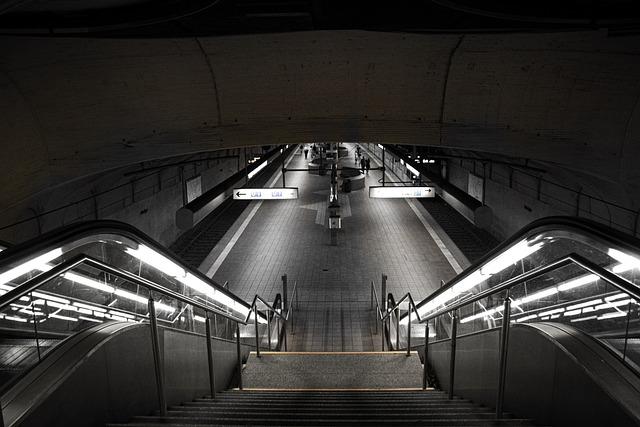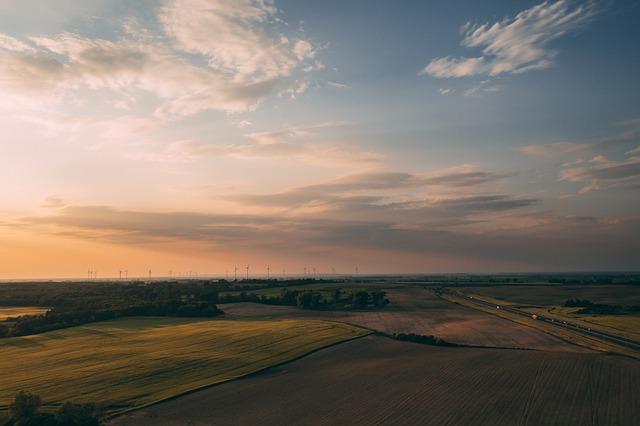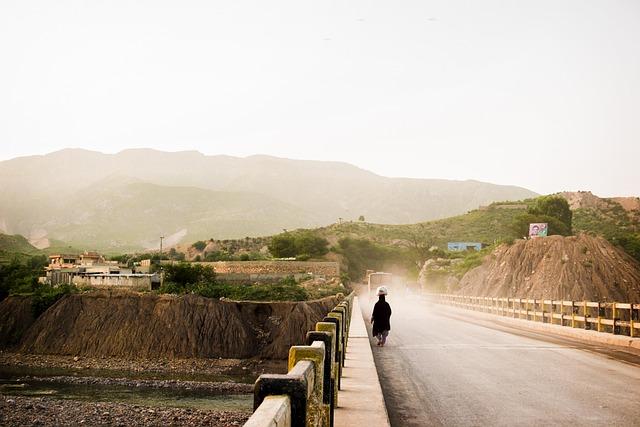As the sun rises over the sprawling cities and vast landscapes of Pakistan, a palpable sense of anticipation hangs in the air. The nation stands at a crossroads, where the promise of progress meets the reality of pressing challenges. Revamping Pakistan’s infrastructure has emerged as a critical endeavor, one that could propel the country toward a more prosperous and sustainable future. With sprawling highways, aging rail systems, and burgeoning urban centers, the task at hand is monumental. Yet, within this complexity lies a wealth of opportunities waiting to be harnessed. This article delves into the multifaceted challenges associated with revitalizing Pakistan’s infrastructure while also shining a light on the innovative solutions and strategic collaborations that could pave the way forward. Join us as we explore this pivotal journey, where commitment, creativity, and resilience converge to shape the destiny of a nation.
Revitalizing Urban Transport Systems for Sustainable Growth
As urban populations continue to swell, the need for effective transport systems becomes increasingly urgent. A holistic approach to revitalizing these networks can significantly enhance urban livability and reduce environmental impact. Key strategies include:
- Investment in Public Transport: Expanding bus and rail networks to ensure accessibility and reliability.
- Promoting Non-Motorized Transport: Developing safe pedestrian pathways and dedicated cycling lanes to encourage walking and biking.
- Integration of Smart Technologies: Implementing traffic management systems and real-time data applications to optimize flow and reduce congestion.
Such initiatives necessitate collaboration between government bodies, private enterprises, and community stakeholders to ensure sustainable outcomes. Moreover, addressing infrastructural disparities through targeted investment can unlock significant economic benefits. Consider the following potential impacts of improved urban transport:
| Impact Area | Expected Outcome |
|---|---|
| Economic Growth | Increased job opportunities and local business engagement. |
| Environmental Sustainability | Reduction in carbon emissions and improved air quality. |
| Social Equity | Enhanced access to services for underserved populations. |

Harnessing Technology to Modernize Infrastructure Management
As Pakistan embarks on a transformative journey to revamp its infrastructure, the integration of cutting-edge technology emerges as a pivotal strategy to enhance management efficiency. By utilizing smart sensors and IoT devices, the government can gather real-time data on structural health, traffic patterns, and environmental conditions. This data-driven approach empowers decision-makers to proactively address maintenance needs, optimize resource allocation, and improve safety measures across various infrastructures such as roads, bridges, and public transit systems. Moreover, the implementation of advanced analytics and machine learning algorithms can foster predictive maintenance, thus minimizing downtime and extending the longevity of critical facilities.
The application of modern software solutions can also streamline project management processes, enabling stakeholders to collaborate seamlessly throughout the lifecycle of infrastructure projects. Consider the potential benefits of adopting cloud-based platforms and geographic information systems (GIS) that can offer enhanced visibility and transparency. Key advantages include:
- Improved coordination among multiple agencies and contractors.
- Real-time updates on project progress and budgets.
- Enhanced citizen engagement through access to project information.
To illustrate the shift towards a tech-enabled infrastructure management framework, the table below highlights various technological tools and their specific applications in Pakistan’s infrastructure sector:
| Technology | Application |
|---|---|
| IoT Sensors | Monitoring structural integrity in real-time |
| Drone Surveillance | Inspecting critical infrastructure and mapping |
| Advanced Analytics | Predictive maintenance and resource optimization |
| GIS Tools | Planning and visualizing urban development |

Balancing Environmental Sustainability with Infrastructure Development
The challenge of achieving a harmonious intersection between environmental sustainability and infrastructure development requires a multifaceted approach. Policymakers and developers will need to prioritize eco-friendly materials and green technologies while planning and executing infrastructure projects. By leveraging innovations such as sustainable construction practices and renewable energy sources, it becomes possible to minimize the ecological impact of large-scale developments. This necessitates collaboration among stakeholders to ensure that financial provisions and technical resources are in place to support sustainable practices throughout the lifecycle of infrastructure projects.
Moreover, fostering community involvement and enhancing public awareness about the importance of environmental considerations can lead to more sustainable outcomes. Establishing practices such as routine environmental impact assessments and integrating community feedback mechanisms into the planning processes can help gauge the ecological ramifications before construction even begins. The table below highlights a few effective strategies to balance environmental priorities with the need for robust infrastructure:
| Strategy | Benefits |
|---|---|
| Utilization of Sustainable Materials | Reduces carbon footprint and promotes recycling |
| Implementation of Smart Technologies | Enhances efficiency and reduces energy consumption |
| Community Engagement Programs | Promotes transparency and builds public trust |
| Regular Environmental Assessments | Identifies potential risks early in the development process |

Engaging Public-Private Partnerships to Foster Innovation and Investment
To revitalize Pakistan’s infrastructure effectively, embracing collaborative efforts between public entities and private enterprises is crucial. These partnerships can drive innovation by leveraging the unique strengths of each sector. Public-private partnerships (PPPs) can create a symbiotic relationship where the government provides regulatory support and access to resources while the private sector brings in investment and expertise. This dynamic can stimulate a full spectrum of innovative solutions, from advanced construction technologies to efficient management practices, ultimately facilitating the swift execution of infrastructure projects.
Moreover, the establishment of clear frameworks and incentives for these collaborations is essential to attract investment. Key strategies include:
- Designing tax incentives for infrastructure developers.
- Implementing streamlined approval processes to reduce bureaucratic hurdles.
- Fostering a transparent environment that builds trust between stakeholders.
Such strategies can unlock significant capital flows and encourage international partnerships, allowing for the knowledge transfer that is imperative for sustainable development. Coupled with constant monitoring and evaluation, these efforts can set the stage for a robust infrastructure system that supports Pakistan’s economic aspirations.
The Conclusion
As Pakistan stands on the precipice of a new era in infrastructure development, the journey ahead is both exciting and fraught with complexities. The challenges are undeniable—ranging from budget constraints to bureaucratic hurdles—but so too are the opportunities. With a young and dynamic population, innovations in technology, and a renewed commitment to sustainable practices, the potential for transformative change is immense.
In this crucible of growth, it is essential for policymakers, engineers, and citizens to come together in a spirit of collaboration. Only through a collective vision can we ensure that every brick laid and every road paved serves the broader goal of inclusive prosperity. As Pakistan navigates this pivotal moment, the hope is for a robust infrastructure that not only bridges geographical divides but also fosters economic resilience and social cohesion.
The road ahead, while challenging, is not without its promise. It beckons us to dream bigger, plan smarter, and innovate relentlessly. With the right strategies and a united front, Pakistan can not only revamp its infrastructure but also redefine its future. The journey may be long, but with determination and ingenuity, the destination can transform into a thriving society where every citizen can thrive. As we conclude this exploration, let us embrace the vision of a modern, interconnected Pakistan, where opportunities abound and the promise of progress is everlasting.



